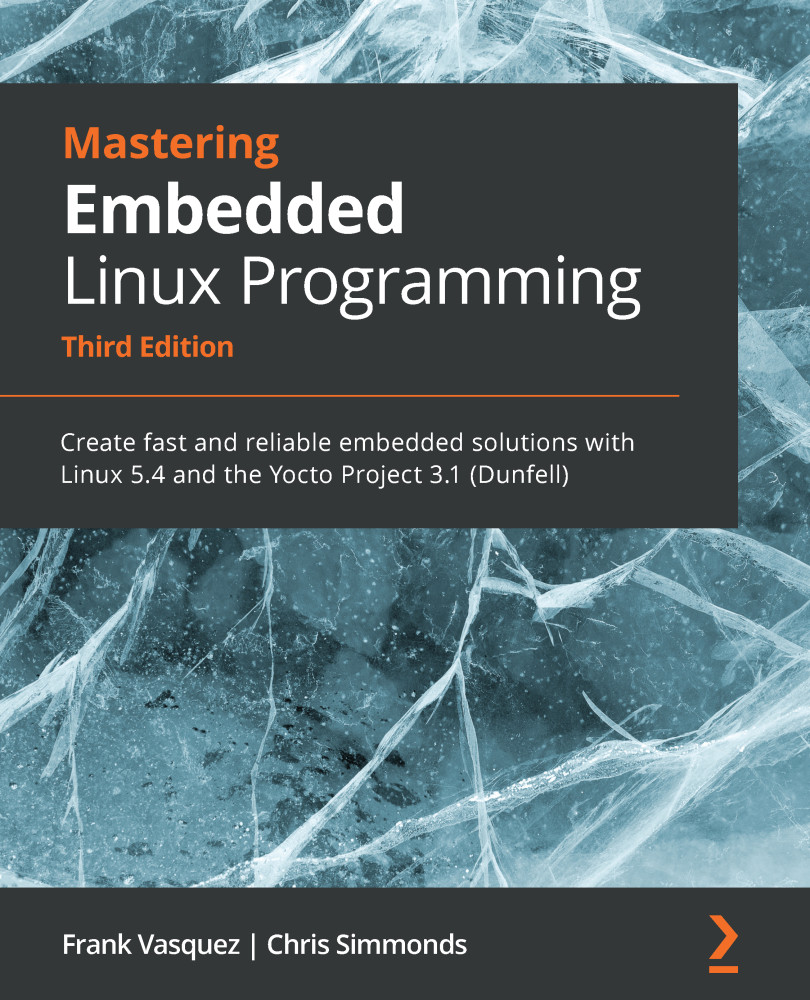Moving from the bootloader to a kernel
When the bootloader passes control to the kernel, it has to pass some basic information, which includes the following:
- The machine number, which is used on PowerPC and Arm platforms without support for a device tree, to identify the type of the SoC.
- Basic details of the hardware that's been detected so far, including (at the very least) the size and location of the physical RAM and the CPU's clock speed.
- The kernel command line.
- Optionally, the location and size of a device tree binary.
- Optionally, the location and size of an initial RAM disk, called the initial RAM file system (initramfs).
The kernel command line is a plain ASCII string that controls the behavior of Linux by giving, for example, the name of the device that contains the root filesystem. We will look at the details of this in the next chapter. It is common to provide the root filesystem as a RAM disk, in which case it is the responsibility...





































































